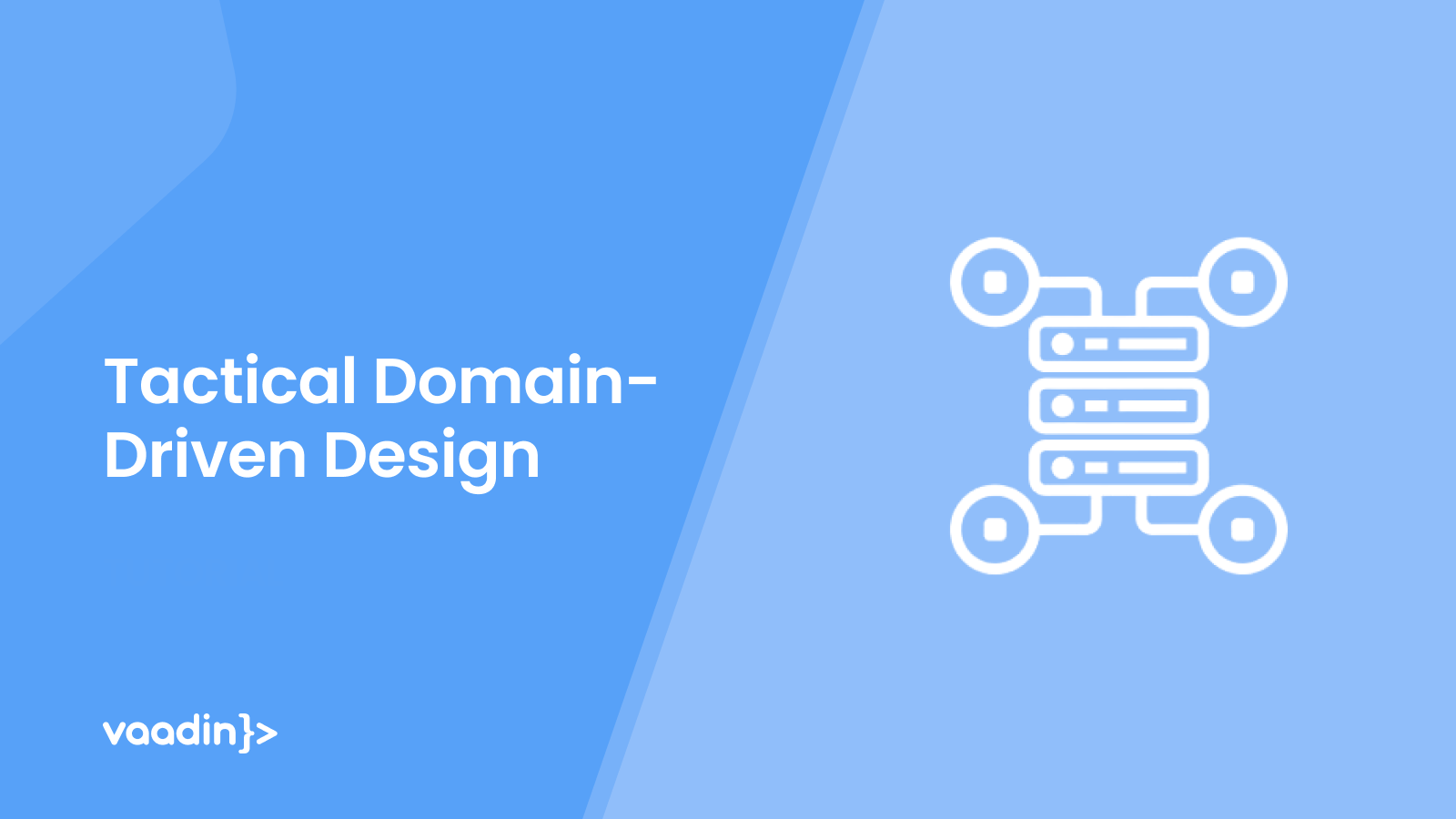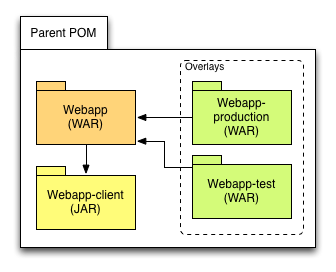Author: Petter Holmström

This article dives deeper into the practical implementation of DDD concepts, with a specific focus on Java and Vaadin – a powerful platform for building modern, secure, and scalable web applications in Java. While the ideas presented here can be applied across programming environments, the examples are tailored to help Java developers effectively adopt these powerful architectural techniques.
The insights in this post are inspired by the foundational books Domain-Driven Design: Tackling Complexity in the Heart of Software by Eric Evans and Implementing Domain-Driven Design by Vaughn Vernon. While these works were the starting point for my journey, the perspectives and code examples here reflect my own practical experiences.
Let’s explore how combining DDD with hexagonal architecture can help you build robust, maintainable, and scalable software solutions.

DDD Part 1: Strategic Domain-Driven Design

DDD Part 2: Tactical Domain-Driven Design
Designing REST APIs
A Hybrid Approach to Spring Security in Vaadin Applications
Filter based Spring Security in Vaadin applications
Let's talk about DDD
Is MVP a Best Practice?
Spring Time for Vaadin
